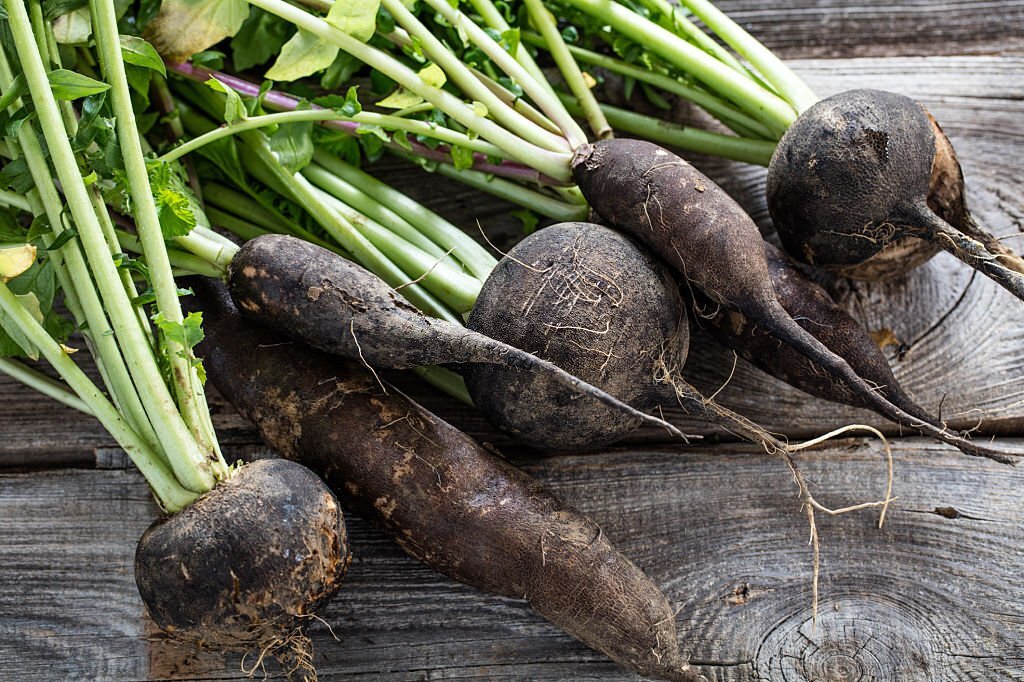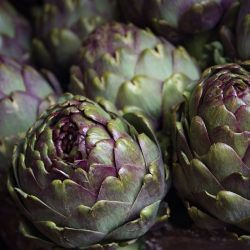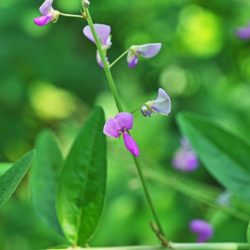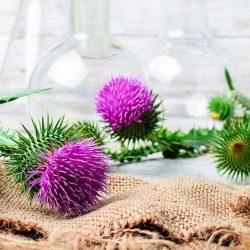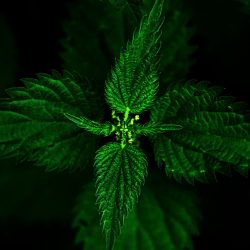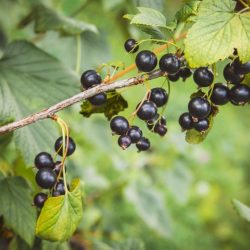In the underground world of roots, nothing is really very simple, and it is all the more so with the black radish whose origin is still uncertain , even if we wanted to see in the south of the Asia his native land.
A little history
What we do know, however, is that in the oldest Chinese treatise on materia medica, the Shennong bencao jing or Classic of materia medica of the celestial laborer , the radish is indeed present, and everything bears to believe that different kinds of radishes were cultivated in China around 3000 years before our era. During the Tang Dynasty (618-907), radish was used as a digestive stimulant , and its importance to Eastern peoples was such that radishes were fermented with other plants in earthen pots or pots. porcelain for periods ranging from a few years to more than forty years.
At a time as old as the beginnings of Chinese radish cultivation, Egypt made a point of ensuring identical production. During the construction of the pyramid of Cheops , we know that the workers harnessed to its building were fed with garlic, onion and radish, which seems to mean that, already more than 4500 years ago, this vegetable had largely entered into Egyptian customs.
Nun , as it was then called, was both a food and a remedy, round and long varieties are figured, clearly visible, in the temple of Karnak (18th dynasty) and the necropolis of Kahoum ( 12th dynasty) , as reported by the Greek historian Herodotus in the 5th century BC. Cultivated for its root and its oilseed by the Egyptians, this practice is reported by Pliny in the 1st century as still current.
What are the main pharmacological properties of black radish root?
Hepatic detoxifying action:
The detoxifying properties of black radish are essentially linked to the action of glucosinolate hydrolysis products. The first hydrolysis reaction is carried out by myrosinase, an enzyme inactivated during the cooking of vegetables. When the tissues of the plant are altered, the glucosinolates and the myrosinase thus released will react together. The hydrolysis of glucosinolates then produces sulfur and isothiocyanates, which exert a detoxifying activity vis-à-vis exogenous xenobiotics, including those which are carcinogenic, with an anticarcinogenic action at the level of the colon. There is also a colonic hydrolysis of glucosinolates into isothiocyanates by the intestinal microbiota, which can be disturbed in the event of dysbiosis.
Digestive and metabolic properties:
Black radish is traditionally used for its choleretic and cholagogue properties , allowing regulation of biliary function.
-
Hypolipidemic action:
In vivo , black radish reduces intrahepatic cholesterol , and contributes to the prevention of cholesterol lithiasis .
-
Intestinal action:
R. sativus L. var niger also acts favorably on the intestine by accentuating peristaltic movements, which may explain its indication in cases of dyspeptic disorders with constipation.
Mucolytic and antitussive properties:
Traditionally, black radish is used in the treatment of benign bronchial affections , because it thins mucus, in particular because of its sulfur content. In vivo , extracts (in particular alcoholic) of black radish (roots and seeds) exert significant antitussive and expectorant activity at high concentrations.
Anti-infective properties:
Black radish is also considered an antiseptic of the mucous membranes . Indeed, different extracts have shown antibacterial actions , especially against Staphylococcus , and antifungal properties . In addition, 12 isothiocyanates, including sulphoraphane, exert antimicrobial activity against Helicobacter pylori , whether in its extracellular or intracellular form.
Anti-cancer and antioxidant properties:
Isothiocyanates, and more particularly sulforaphane, are found in cruciferous vegetables, such as black radish, but also broccoli, Brussels sprouts or cauliflower. These sulfur compounds dose-dependently inhibit the viability of human cervical cancer cells, human pancreas, human ovary, human hepatocellular carcinoma cells. They possess anti-inflammatory properties in the treatment of human T-cell leukemic cells. This protective effect may be due to improved antioxidant status.
The selective ability of isothiocyanates to induce phase II detoxification enzymes in the bladder could explain the result of epidemiological studies showing a decrease in the incidence of cancer of this organ in individuals with a high dietary intake of Brassicaceae.
In vitro , black radish extract exerts potential chemopreventive efficacy , and induces apoptosis in human cancer cell lines, by modulating genes involved in the apoptotic signaling pathway.
Anti-inflammatory properties:
In vivo , oral administration of freshly squeezed juice from leaves and roots of R. sativus showed significant anti-inflammatory action in acute and chronic models of inflammation compared to control group.
Are there any precautions for use concerning Black Radish?
Contraindications:
- Avoid in case of gastritis.
- No prolonged use in case of thyroid disease (vegetable thiocyanates capture iodine and prevent its thyroid fixation).
Precautions for use:
- Ensure medical follow-up in the event of symptomatic gallstones, in particular subcentimetric stones, and start with low doses.
- Consider potassium content in moderate to severe renal impairment.
Drugs interactions :
- Black radish shows inductive properties of CYP 1A1, 1A2 and 1B1 in vitro , ask your pharmacist for advice.
How to take black radish and at what dosage?
Dry form:
- As a food supplement, in the form of totum powder from the plant in capsule form .
Liquid form:
- Standardized fresh plant fluid extract : 5 to 10 ml per day in water.
- Honeyed glycerine fluid extract : 5 ml 2 to 3 times a day in water.
- Juice, in the form of an ampoule : 1 to 3 per day.
- Hydroalcoholic extract : 20 to 30 drops in water, 2 to 3 times a day.
Medical bibliographic sources and clinical trials :
- Johnson I.T., Glucosinolates : bioavailability and importance to health, Int J Vitam Nutr Res., 2002
- Ciska E et al. Content of glucosinolates in cruciferous vegetables grown at the same site for two years under different climatic conditions; J Agric Food Chem., 2000
- Gutierrez R.M. et al., Raphanus sativus (Radish) : Their chemistry and biology, Scientific World Journal, 2004
- Fahey J.W. et al., Sulforaphane inhibits extracellular, intracellular, and antibiotic-resistant strains of Helicobacter pylori and prevents benzo pyrene-induced stomach tumors; Proc Natl Acad Sci USA., 2002
- Beevi S.S. et al. Hexane extract of Raphanus sativus L. roots inhibits cell proliferation and induces apoptosis in human cancer cells by modulating genes related to apoptotic pathway; Plant Foods Hum Nutr., 2010
- De Figueiredo S.M. et al., The anti-oxidant properties of isothiocyanates : a review, Recent Pat Endocr Metab Immune Drug Discov., 2013
- Esaki H. et al., Antimicrobial action of pungent principles in radish root, Eyrio to Shokuryo, 1982

